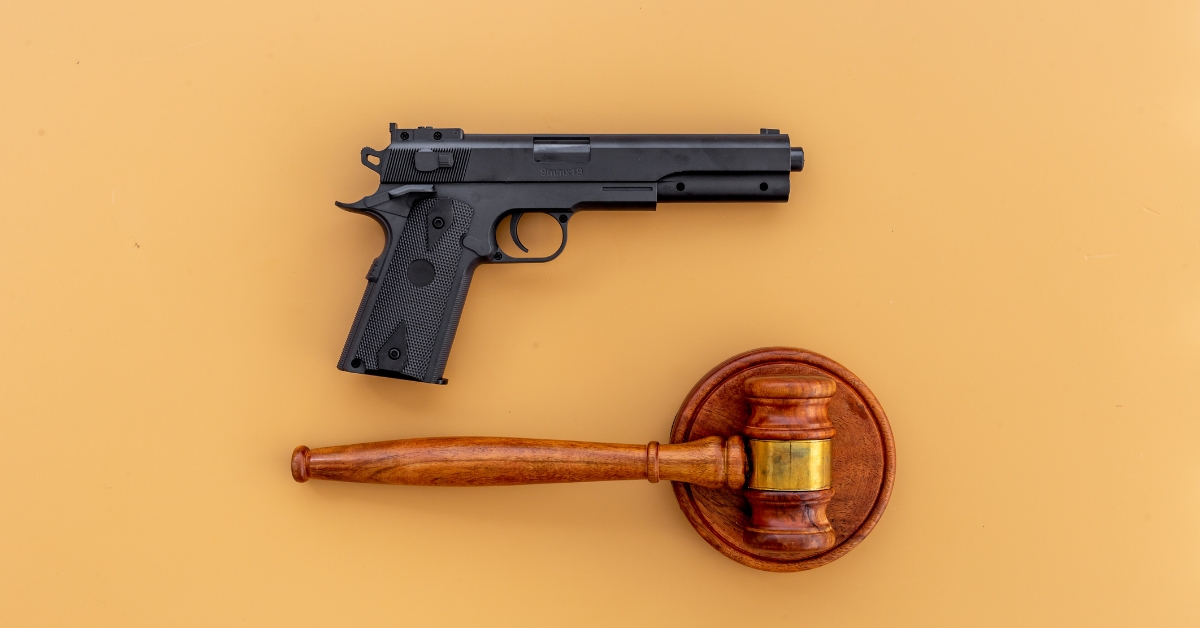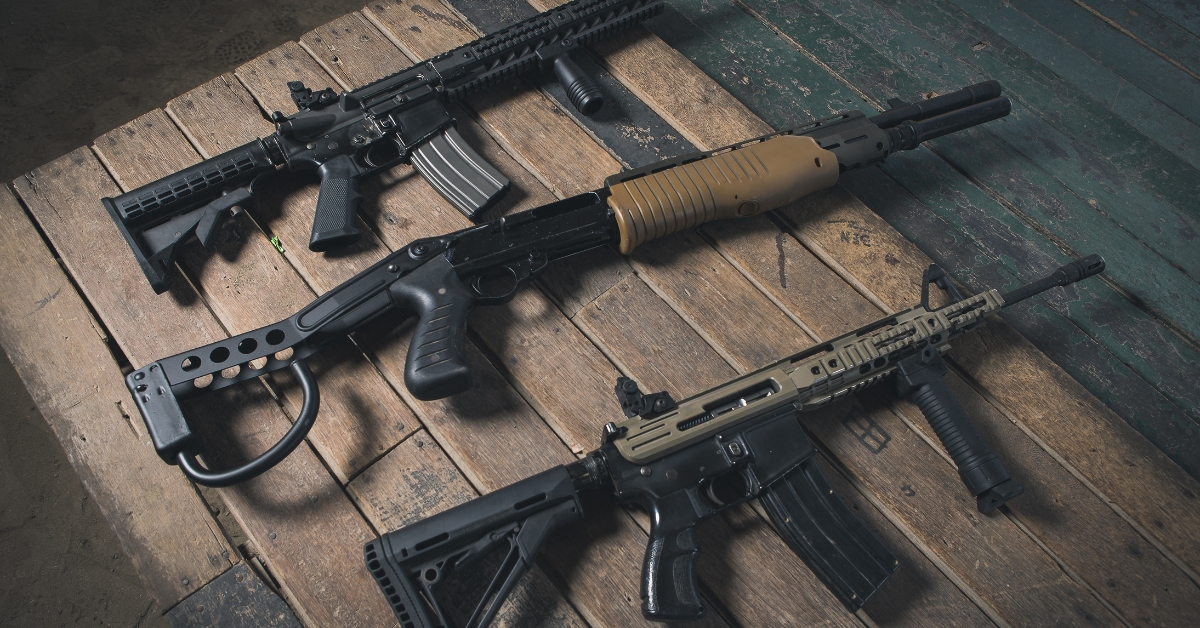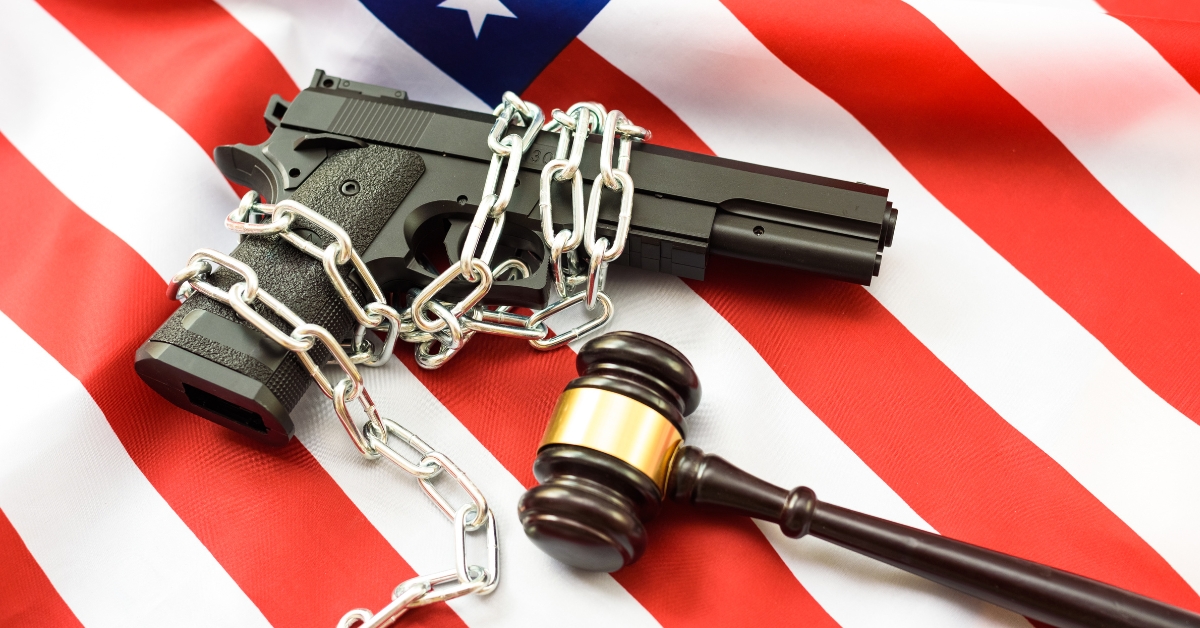
Kamala Harris Views Australian Gun Confiscation as Model for US
Vice President Kamala Harris recently praised Australia’s gun confiscation program during a luncheon for Australian Prime Minister Anthony Albanese. Australia’s gun confiscation effort, which began in 1997 after a mass shooting in Port Arthur, Tasmania, is often cited as a model by American gun control advocates. However, it’s important to note that this program only collected around 650,000 firearms, and it took place in a country with far fewer legal firearms than the United States.
At the luncheon, Harris stated, “Gun violence has terrorized and traumatized so many of our communities. And let us be clear, it does not have to be this way, as our friends in Australia have demonstrated.” Harris’s comments ignored the fact that Australia continued to impose further gun control measures. Western Australia, for example, is set to introduce new restrictions on legal gun ownership, aiming to reduce the number of legally-owned firearms.
The proposed restrictions include limiting farmers and gun club members to 10 firearms, while recreational shooters can only own five. This is expected to reduce the number of legal firearms in the state from 360,000 to about 347,000. The government also plans to launch a state-funded voluntary firearm buyback program.
The reasoning behind these measures is based on the belief that reducing the number of legally-owned firearms will also reduce opportunities for illegal firearm use. This logic is similar to the idea that reducing legal gun ownership will trickle down to reduce criminal firearm use.
However, history has shown that such an approach is flawed. For example, during Washington, D.C.’s handgun ban from 1977 to 2008, the city saw a high homicide rate of 80.6 murders per 100,000 people in 1991, at the peak of the gun ban era. When the Supreme Court overturned D.C.’s handgun ban in 2008, the homicide rate was still high at 31.5 per 100,000. Five years after the handgun ban was lifted, the homicide rate dropped to 15.9, one of the lowest rates in half a century.
These examples demonstrate that confiscating firearms and banning guns are not effective solutions for reducing murders and enhancing public safety. Instead, the focus should be on addressing the root causes of violent crime and finding comprehensive solutions that balance Second Amendment rights with public safety.
While the Biden administration and gun control advocates may continue to support such measures, those concerned about both public safety and the fundamental right to self-defense find that the Australian example and the experience of places like Washington, D.C., are more informative. Gun control measures alone are not the answer to curbing violence and crime.














